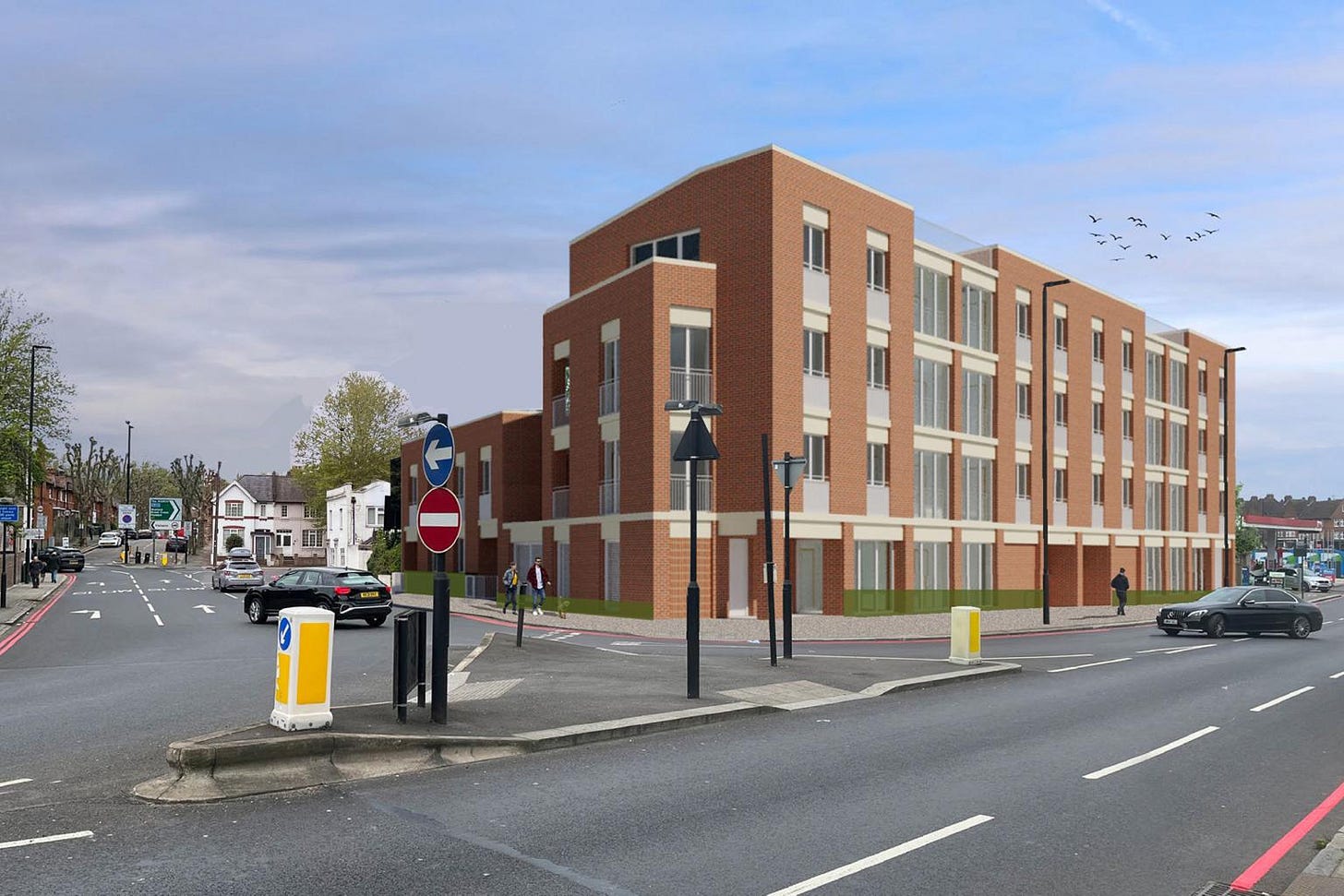Haringey's Housing Push: A Significant Step or a Drop in the Ocean?
Haringey, like much of London, is in the grip of a profound housing crisis. Thousands of residents find themselves on waiting lists, navigating the precarious landscape of temporary accommodation, or struggling with unaffordable rents. Against this backdrop, Haringey Council recently announced the acquisition and planned construction of over 100 new homes, a development hailed by council leaders as “life-changing.” But in a borough where the need is so vast, how much of a difference will these new properties truly make?
The Council’s Latest Efforts to Expand Housing
In a bid to tackle the borough’s acute housing shortage, Haringey Council’s cabinet recently approved deals to acquire 108 properties and build 16 new ones. This includes 76 homes at The Roundway in Tottenham and another 32 at an existing housing scheme in Lordship Lane, both originally built for the private market but now destined to become council homes. Additionally, 16 ‘energy efficient’ homes are slated for construction in Highgate.
These 124 homes are part of a larger programme to deliver 3,000 new homes by 2031, with 2,000 already underway or completed since its inception in 2018. The newly acquired properties include a significant proportion of family-sized homes, with eight out of ten at Lordship Lane and four out of ten at The Roundway offering two bedrooms or more.
The Scale of the Challenge: Thousands on the Waiting List
While 124 new homes are undoubtedly a welcome addition, they must be viewed against the stark reality of Haringey’s housing crisis. Over 12,000 households are on the borough’s housing waiting list, with thousands more in temporary accommodation. This raises questions about the pace and scale of provision. Is the current programme, even with its target of 3,000 homes by 2031, sufficient to meaningfully address demand?
The council’s strategy involves both new construction and purchasing properties from the private market. While expedient in the short term, the long-term sustainability and cost-effectiveness of relying on private market acquisitions for social housing warrants ongoing scrutiny. How does this approach compare to direct council-led building programmes in terms of cost and control?
The State of Existing Homes
Beyond the excitement of new developments, the condition and management of Haringey’s existing social housing stock remain a critical concern for residents. Local authorities across London, including Haringey, are grappling with significant financial constraints that directly impact their ability to maintain and improve existing properties.
Haringey has received particular criticism from the Housing Ombudsman for how it deals with social housing repairs and complaints, the subject of a special report in 2023 detailing a “culture of apathy”. Its landlord performance report for Haringey Council 2024/25 shows an sharply increasing number of determinations and a maladministration rate of 95%, well above the national average. While the council is focused on expanding its housing supply, the question of how it will adequately deal with the upkeep of its existing portfolio looms large.

